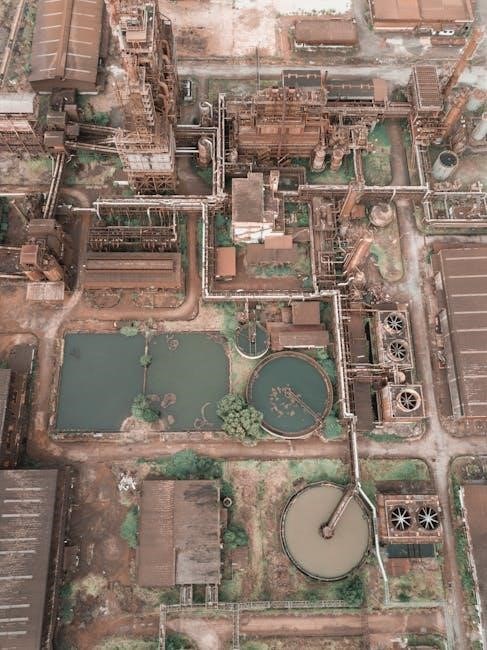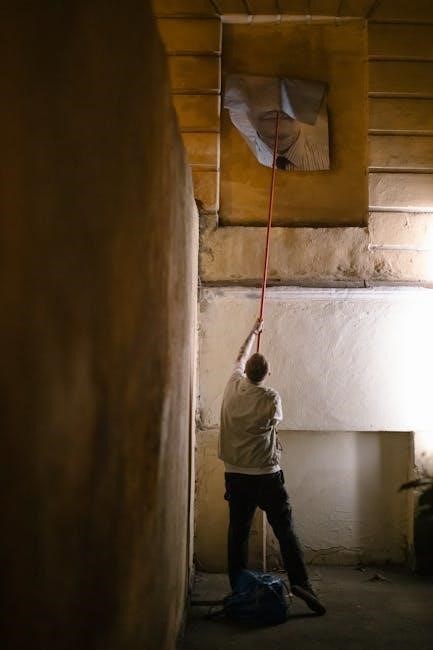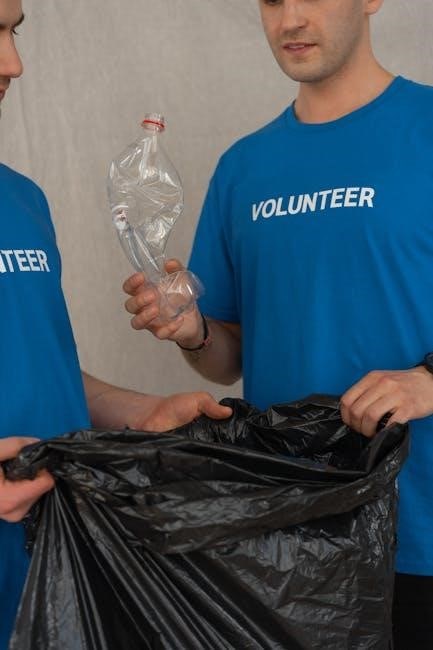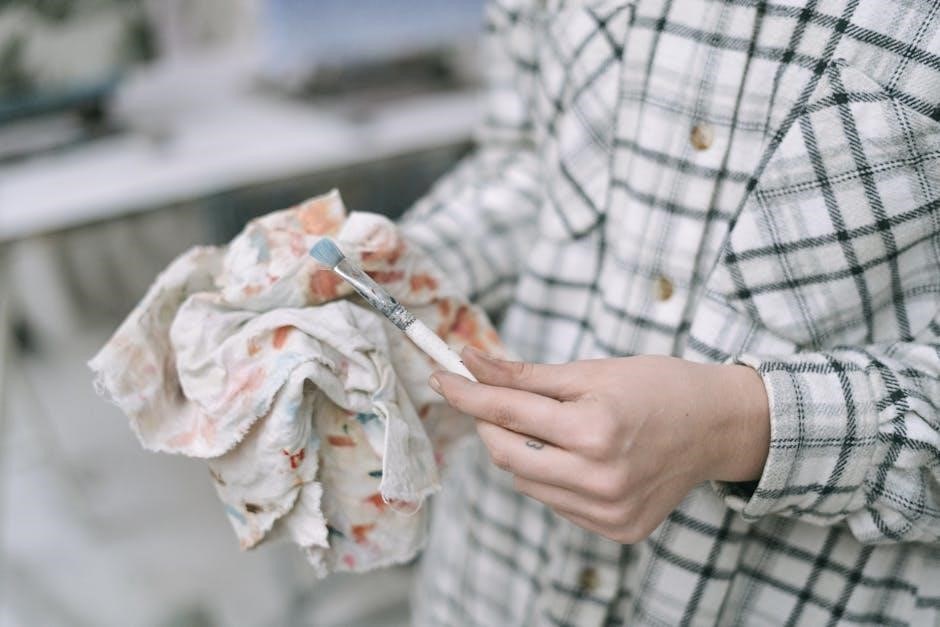ffxi clothcraft guide
Clothcraft in FFXI is a versatile crafting skill that creates essential items like lightweight armor, capes, and fletchings. It supports both adventurers and the crafting community, fostering prosperity in Vana’diel.

What is Clothcraft?

Clothcraft is a crafting skill in Final Fantasy XI that specializes in creating items from natural threads and fibers. It allows players to craft lightweight armor, capes, and fletchings, which are essential for magic-wielding classes and ranged weapons. This craft relies heavily on materials like wind crystals, beehive chips, and honey, often obtained through battling specific enemies. Clothcraft is known for its high cost and complexity, making it challenging to level up, especially beyond level 60. Despite the difficulty, mastering it offers significant rewards, including the ability to craft rare and high-demand items. It is a vital skill for both personal use and contributing to the in-game economy.
Importance of Clothcraft in FFXI
Clothcraft plays a vital role in FFXI, providing essential items for adventurers and fostering economic growth. It supports magic-wielding classes with lightweight armor and capes, while fletchings aid ranged attackers. High-demand items like these make Clothcraft a cornerstone of crafting, enabling players to contribute meaningfully to the economy. Despite its high cost and difficulty, mastering Clothcraft is rewarding, offering unique gear and profit opportunities. It also encourages community interaction, as crafters supply goods to other players. This craft is indispensable for both personal progression and supporting others, making it a cornerstone of FFXI’s crafting system and economy.
Benefits of Mastering Clothcraft
Mastering Clothcraft in FFXI offers numerous benefits, including the ability to craft high-demand items like capes and fletchings, which are essential for many classes; Crafters can create unique gear that enhances gameplay, providing a competitive edge. Additionally, skilled Clothcrafters can generate significant profits by selling their goods on the in-game market. The craft also supports other professions by supplying materials and equipment, fostering interdependence within the community. While leveling Clothcraft can be costly, the long-term rewards make it a valuable investment for dedicated players seeking to contribute to both their own success and the broader economy of Vana’diel.
Getting Started with Clothcraft
Embark on your Clothcraft journey by unlocking the craft, gathering essential tools, and understanding the synthesis process to create valuable items for yourself and others in Vana’diel.
How to Unlock Clothcraft
To unlock Clothcraft, reach level 1 and speak to the guild representative in the Republic of Bastok. This initial step grants access to the craft, allowing you to begin creating essential items like threads and fabrics. Ensure you have the necessary tools, such as a spinning wheel and elementary sewing needles, to start your crafting journey. This marks the beginning of your adventure in Clothcraft, enabling you to contribute to the world of Vana’diel through your creations.
Initial Setup and Tools
Starting Clothcraft requires essential tools like a spinning wheel and elementary sewing needles. These can be purchased from guild vendors or crafted using other skills. Ensure you have ample inventory space for materials and crafted items. Initial setup costs are moderate, but expenses rise as you progress. Organize your inventory to efficiently manage threads, crystals, and other resources. Consider investing in a crafting kit to enhance your early crafting experience. Proper tool maintenance and organization are key to a smooth start in Clothcraft, helping you focus on skill progression and item creation without unnecessary delays or expenses.
Understanding the Basics of Synthesis
Synthesis is the core of Clothcraft, combining materials to create items. It requires a spinning wheel and basic tools. Success depends on material quality, skill level, and crystal selection. Crystals align with elements, enhancing synthesis outcomes. Higher-quality materials increase item stats and success rates. Beginners should start with simple recipes, focusing on proper material ratios. Practice improves skill, reducing material waste. Keep an eye on durability and crafting timers. Experimenting with crystal combinations can yield unexpected results. Mastering synthesis basics is crucial for advancing in Clothcraft and creating high-demand items efficiently. Always prioritize material quality and crystal alignment for optimal outcomes.

Materials and Resources
Clothcraft relies on materials like wind crystals, beehive chips, and honey, obtained from enemies like bumblebees in Sarutabaruta; These resources are essential for crafting lightweight armor and capes.
Essential Materials for Clothcraft
Clothcraft requires specific materials to craft items effectively. Wind crystals, beehive chips, and honey are fundamental, often obtained from enemies like bumblebees in Sarutabaruta. Additional materials include flax, cotton, and silk, which become essential as you progress. These resources are used in various synthesis recipes to create lightweight armor, capes, and fletchings. Ensuring a steady supply of these materials is crucial for advancing your crafting skills and producing high-quality items. Proper material management helps minimize costs and optimize synthesis success rates, making it a cornerstone of mastering Clothcraft in FFXI.
Where to Obtain Materials
Obtaining materials for Clothcraft involves exploring various zones and defeating specific enemies. Sarutabaruta is a prime location for farming wind crystals, beehive chips, and honey by defeating bumblebees. Other zones like Tahrongi Canyon and Al Zahbi offer resources such as flax and cotton. Additionally, materials can be purchased from vendor NPCs or crafted using other skills. Farming during active times and participating in events can yield rare materials. The Auction House is also a convenient, though often costly, option for acquiring essential resources. Efficient material gathering is key to advancing your Clothcraft skills and crafting high-quality items.
Role of Crystals in Clothcraft
Crystals are fundamental in Clothcraft, serving as primary materials for synthesis. Wind crystals, often obtained by defeating bumblebees in Sarutabaruta, are essential for crafting lightweight armor and capes. Other crystals, like earth and water, are used in specific recipes. Crystals determine the elemental properties of crafted items, influencing their stats and usability. Farming enemies or purchasing from vendors are common methods to acquire crystals. They are indispensable for advancing in Clothcraft, as most recipes require them. Understanding crystal types and their sources is crucial for efficient crafting and creating high-quality items for magic-wielding classes and other adventurers.

Levelling Up Your Clothcraft
Levelling Clothcraft in FFXI requires patience and resources. Early stages focus on crafting basics, while higher levels demand rare materials and precise synthesis techniques to master.
Level 1-10: Early Game Strategy
Starting with Clothcraft, focus on crafting low-level items like wind crystals, beehive chips, and honey by defeating bumblebees in Sarutabaruta. These materials are essential for early synthesis. Craft simple items such as cloth and yarn to build your skill foundation. Avoid expensive materials initially, as they can lead to significant gil loss. Prioritize recipes with high success rates to minimize waste. Use this phase to accumulate basic resources and familiarize yourself with synthesis mechanics. Keep your inventory organized and sell unwanted items to maintain gil flow. This early stage sets the groundwork for efficient progression in Clothcraft.
Level 10-40: Mid-Game Progression
At levels 10-40, focus on crafting items like cotton and flax threads, which are in high demand. These materials can be obtained from monsters like ladybugs and puks. Craft hemp and ramie to progress efficiently, as these synths provide consistent skill-ups. Avoid crafting expensive items until you reach higher levels, as they often result in gil loss. Use Adv. Support to minimize material waste and ensure higher success rates. Sell unwanted items to maintain gil flow, as this phase can be costly. Prioritize recipes with an 8-10 level gap to optimize progression. This mid-game phase is crucial for building a strong foundation in Clothcraft.
Level 40-60: Advanced Techniques
From level 40 to 60, focus on refining your skills with high-demand materials like marrow and goat leathers. Crafting expert recipes becomes more accessible, allowing for the creation of rare items. Use Adv. Support to minimize material waste and ensure higher success rates. This phase emphasizes efficiency, as crafting losses can be significant. Prioritize recipes with consistent skill-ups, such as hemp and ramie crafts, to maintain progress. Experiment with high-quality materials to improve item stats, but avoid over-investing in expensive synths until necessary. This stage is critical for mastering advanced techniques and preparing for the challenges of high-level crafting.

Level 60-100: Expert Crafting
Reaching level 60 marks the transition to expert crafting, where precision and resource management are crucial. Focus on crafting high-tier items like rare capes and specialized armor. Utilize high-quality materials and expert recipes to maximize success rates and minimize losses. Advanced Support becomes indispensable for complex syntheses. Experiment with breaking high-level items to gain skill-ups efficiently. This phase requires significant gil investment, so prioritize cost-effective recipes. Crafting rare or unique items can yield high profits, making mastery rewarding. Consistency and patience are key to reaching the coveted level 100, where you’ll join the ranks of Vana’diel’s elite crafters.

Synthesis Techniques and Tips
Mastering synthesis requires optimizing success rates, using high-quality materials, and managing resources efficiently. Utilize the right equipment and crystals to enhance crafting outcomes and minimize failures.
Optimizing Synthesis Success Rates
Optimizing synthesis success rates in Clothcraft requires careful planning and resource management. Using high-quality materials and crystals, such as wind crystals and beehive chips, significantly improves outcomes. Ensuring your skill level aligns with the recipe difficulty is crucial, as mismatches can lead to frequent failures. Additionally, investing in advanced support abilities and crafting equipment enhances success rates. Experimenting with different crystal combinations and maintaining a well-stocked inventory of essential materials can also reduce synthesis failures. Regularly practicing and staying updated with the latest crafting guides helps refine techniques, ensuring efficient and successful crafting sessions.
Using the Right Equipment for Crafting
Using the right equipment for Clothcraft is essential for maximizing efficiency and success. Crafting gloves and tools, such as high-quality sewing needles, can significantly improve synthesis outcomes. Additionally, wearing gear that boosts crafting skills or provides additional inventory space can streamline the process. Investing in advanced support abilities and ensuring your equipment is well-maintained also plays a crucial role. Properly equipping yourself not only enhances your crafting experience but also reduces the likelihood of failures, making the process more enjoyable and profitable. Always prioritize upgrading your tools and gear as you progress in your Clothcraft journey.
Managing Resources Efficiently
Managing resources efficiently is crucial for successful Clothcraft. Always track your inventory to avoid waste and ensure you have enough materials for synthesis. Prioritize using crystals wisely, as they are essential for crafting. Plan ahead by stockpiling materials and crafting in bulk to minimize costs. Utilize guides to identify the most cost-effective synths for leveling up. Keep track of market demand to craft items that sell well, reducing financial losses. Remember, Clothcraft can be expensive, so balancing resource use and profit is key. Efficient management ensures you progress smoothly while maintaining a healthy inventory and gil reserves for advanced crafting.
Advanced Clothcraft Topics
Mastering expert recipes, crafting high-demand items, and optimizing profit are key to advancing in Clothcraft. These techniques enhance your crafting business and reputation in Vana’diel.
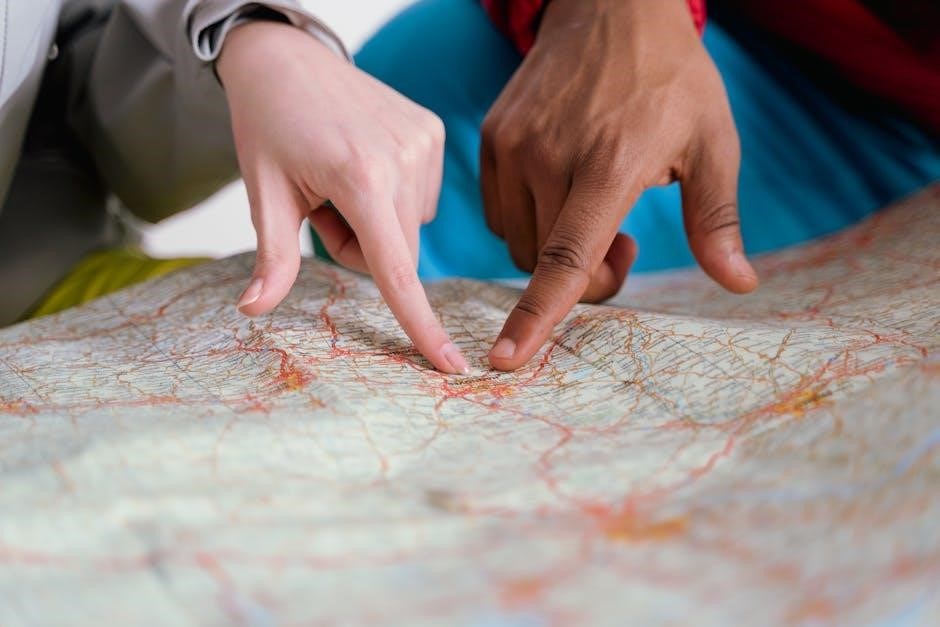
Crafting Expert Recipes
Crafting expert recipes in Clothcraft requires precision and high-quality materials. These recipes often yield rare or unique items, such as enchanted capes or specialized fletchings, which are in high demand. To master expert recipes, crafters must invest in rare materials and crystals, ensuring optimal synthesis success. Many expert recipes are unlocked at higher skill levels, making them accessible only to seasoned crafters. The process can be costly, but the rewards, both in terms of profit and reputation, are significant. Crafting expert recipes is a testament to skill and dedication, making it a cornerstone of advanced Clothcraft.
Creating High-Demand Items
Crafting high-demand items in Clothcraft is crucial for both profit and player satisfaction. Focus on creating capes, fletchings, and lightweight armor, which are essential for magic users and ranged classes. These items are consistently sought after due to their utility in combat and crafting. Rare materials and crystals play a significant role in producing high-quality versions of these items. Understanding market trends and timing your crafts can maximize profitability. Additionally, crafting items that are in short supply but high demand, such as enchanted capes, can set you apart as a skilled crafter. Quality and proper synthesis techniques ensure your items meet player expectations and sell quickly.
Crafting for Profit
Crafting for profit in Clothcraft requires a strategic approach to create high-demand items efficiently. Focus on crafting capes, fletchings, and lightweight armor, which are consistently sought after by players. Rare materials and crystals can elevate your creations, making them more valuable. Understanding market trends and timing your crafts can maximize profitability. Additionally, crafting items with low material costs but high demand, such as enchanted capes, can yield significant returns. Balancing material expenses with profit margins is key to sustainable income. By monitoring market trends and focusing on quality, you can establish yourself as a reliable crafter, enhancing your reputation and financial success in Vana’diel.

Challenges and Common Mistakes
Clothcraft’s high material costs and synthesis failures can be financially draining. Common mistakes include poor material management and insufficient skill-ups, leading to wasted resources and stalled progress.
Common Mistakes to Avoid
Clothcrafters often overlook the importance of material quality and proper synthesis techniques, leading to frequent failures. Neglecting to stockpile essential crystals and threads can halt progress. Many crafters also underestimate the cost of high-level synths, resulting in significant gil loss. Additionally, rushing through skill-ups without Adv. Support can lead to inefficient leveling. Crafting without the right equipment, such as crafting tools and gear, reduces success rates. Overlooking market demand when crafting items can also lead to unsold stock. Avoiding these mistakes requires careful planning, resource management, and a focus on optimization to ensure steady progress and profitability in Clothcraft.
Overcoming Crafting Challenges

Crafting challenges in Clothcraft can be daunting, but with the right strategies, they become manageable. Budgeting gil is crucial, as high-level synths can be costly. Stockpiling materials like crystals and threads ensures uninterrupted progress. Utilizing Adv. Support and crafting gear boosts success rates and efficiency. Joining the FFXI crafting community provides valuable insights and tips from experienced crafters. Regularly checking market demand helps avoid crafting unsellable items. Patience and persistence are key, as skill-ups require time and effort. By staying organized and resourceful, crafters can overcome obstacles and achieve mastery in Clothcraft, turning challenges into opportunities for growth and profit.
Resources and Community Support
Online forums like Reddit’s r/ffxi and crafting guides offer valuable insights. The Final Fantasy XI wiki provides detailed crafting information. Community support and expert tips help crafters succeed.
Recommended Guides and Forums
Several online resources are available to help crafters master Clothcraft. Reddit communities like r/ffxi and r/ffxiv offer valuable discussions and tips. The Final Fantasy XI wiki provides detailed crafting guides, including those by experienced crafters like Aranar and Abosherpa. These guides cover everything from leveling strategies to expert recipes. Additionally, forums like the FFXI AH forums and Gamer Escapes share insights on cost-effective crafting and high-demand items. Engaging with these communities can significantly enhance your crafting journey and provide solutions to common challenges. Explore these resources to refine your skills and stay updated on the latest crafting trends in Vana’diel.
Joining the FFXI Crafting Community
Engaging with the FFXI crafting community is essential for mastering Clothcraft. Joining forums like r/ffxi and r/ffxiv on Reddit provides access to expert advice, while platforms like Gamer Escapes and the FFXI AH forums offer detailed guides and strategies. These communities are hubs for sharing tips, resources, and experiences, helping crafters of all levels improve their skills. Participating in discussions allows you to learn from seasoned players, discover new techniques, and stay updated on crafting trends. Building connections within the community can also open opportunities for collaboration and resource sharing, making your crafting journey more enjoyable and rewarding. Active engagement fosters growth and camaraderie among crafters in Vana’diel.
Clothcraft in FFXI is a rewarding craft that offers both creative expression and practical benefits. With dedication and the right strategies, mastering it can greatly enhance your gameplay experience.
Final Thoughts on Clothcraft
Clothcraft in FFXI is a rewarding yet challenging craft that requires patience and strategy. It offers a unique way to contribute to the game’s economy and community. By mastering Clothcraft, players can create high-demand items, support their adventuring needs, and even turn a profit. The journey from level 1 to 100 is filled with opportunities to learn and grow, making it a fulfilling experience for dedicated crafters. With the right resources and a bit of persistence, anyone can excel in this craft and leave their mark on Vana’diel.
Encouragement for Aspiring Crafters
Embarking on the Clothcraft journey in FFXI can be daunting, but it’s incredibly rewarding. Don’t be discouraged by initial failures or high costs—every synthesis is a step forward. Joining the crafting community and seeking guidance from experienced players can provide valuable insights and tips. With persistence and dedication, you’ll unlock the full potential of Clothcraft, creating items that are in high demand and earning a reputation as a skilled crafter. Remember, every crafted item tells a story of effort and passion, contributing to the vibrant world of Vana’diel.
About the Author
The author is a seasoned FFXI player with extensive experience in Clothcraft, having guided numerous adventurers through the complexities of crafting; Their expertise stems from years of in-game practice, community engagement, and a passion for optimizing crafting strategies. By sharing insights and tips, the author aims to simplify the journey for aspiring crafters, ensuring they can master Clothcraft efficiently. This guide reflects their dedication to fostering growth within the FFXI crafting community, offering practical advice and expert knowledge to help players achieve their full potential in the world of Vana’diel.




